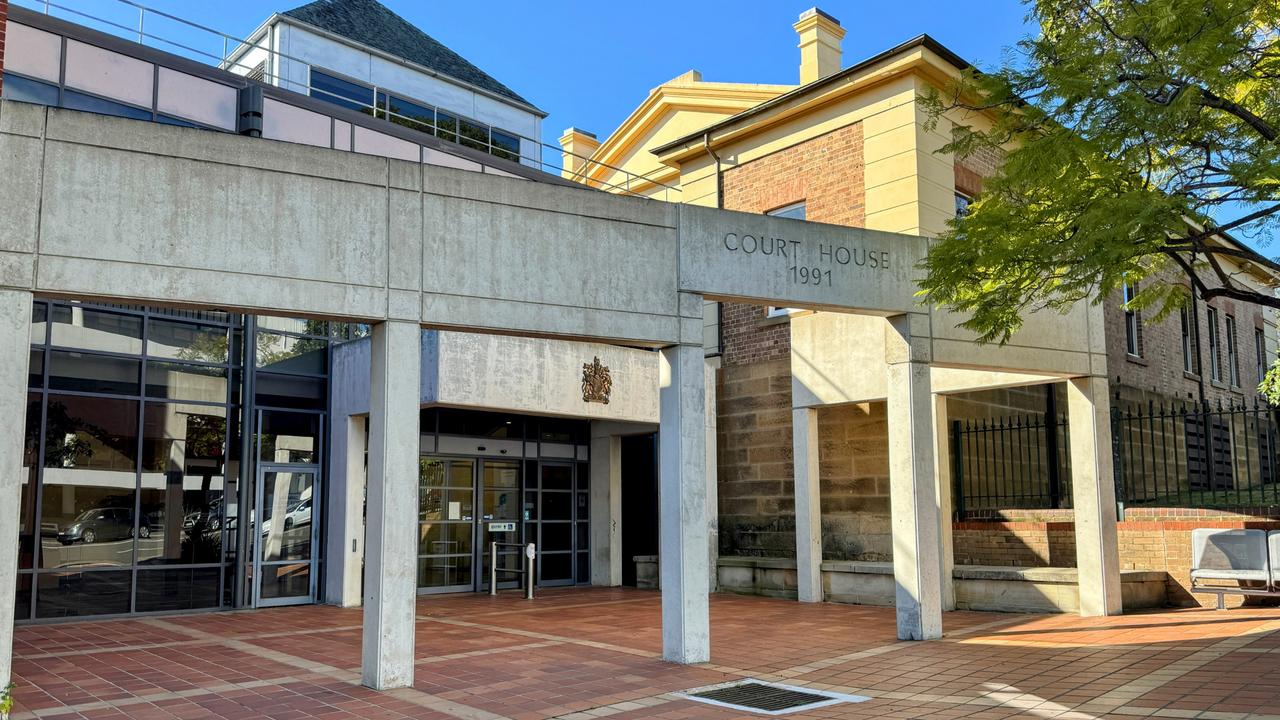Grass is greener at Forest Lawn Memorial Park for herd of cattle
A HERD of cattle have caused udder destruction at a south west Sydney cemetery. They’ve pooed on graves, mowed down fences, eaten whole shrubs and menaced visitors with their loud “moos”.
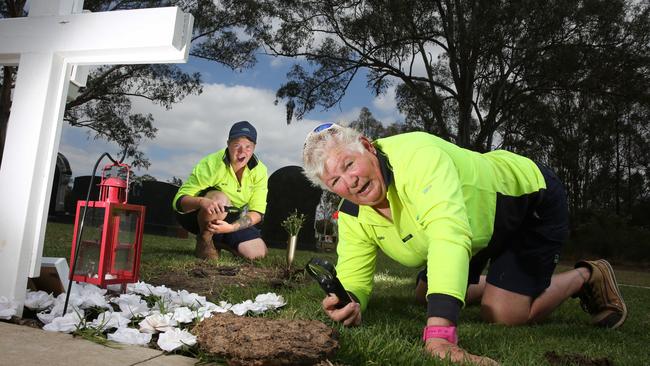
Liverpool
Don't miss out on the headlines from Liverpool. Followed categories will be added to My News.
- Sydney shoe store helps special needs children
- Eight things to prevent pregnancy diabetes
- Church demands return of baby Jesus statue
A SMALL herd of cattle have caused udder destruction at a Leppington cemetery.
They’ve pooed on graves, mowed down fences, eaten whole shrubs, not to mention menace visitors to Forest Lawn Memorial Park with their big brown eyes and loud “moos”.
The cows are acting on the old proverb, the grass is always greener on the other side of the fence.
They are coming from one of the neighbouring properties but two people have claimed and then disowned the cattle when the clean up bill was handed down.
The bill is in the thousands.
The saga has gone on since April last year and staff have put their detective hats on and equipped themselves with magnifying glasses to get to the bottom of it once and for all.
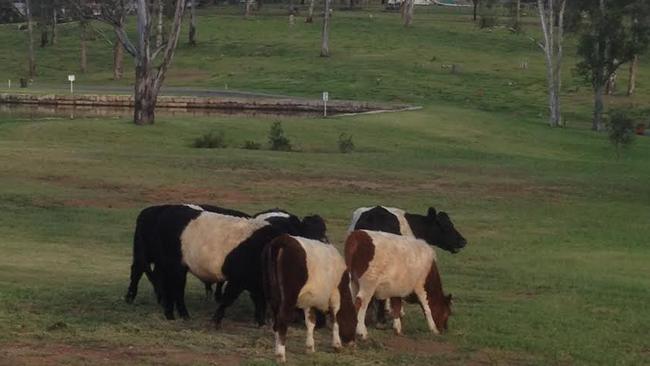
Forest Lawn operations manager Jane Crichton said they’d been able to get the owner to put the cattle back in when they first started breaking in.
“But they’ve been abandoned,” she said.
Staff haven’t been able to keep track of just how many times the cattle have barged through fencing to “reside” at the cemetery.
The frustration with two different individuals stating the cattle are theirs has confused the situation even more.
The cattle do not have tags which makes it impossible to identify ownership. And authorities have been unable to locate the rightful owner through their investigations.
“So we contacted Liverpool Council rangers who said unless they’re in yards they couldn’t pick them up.
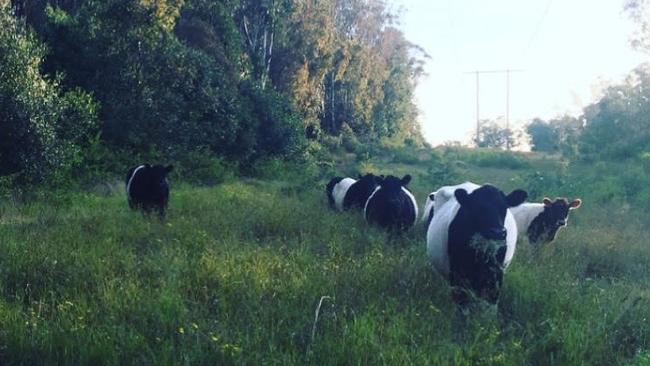
“We don’t wrangle cattle. It’s irresponsible ownership and abandonment.”
Forest Lawn family service manager Rob Matta said they’d fielded countless complaints about the cows.
“They’ve eaten flowers, eaten complete shrubs and pooed everywhere,” he said.
“We’ve copped a lot of abuse from the community, thinking we’re not doing anything, but we’ve been trying to remedy the situation since it started.
“We’ve got a duty of care for the animals, staff and the public.”
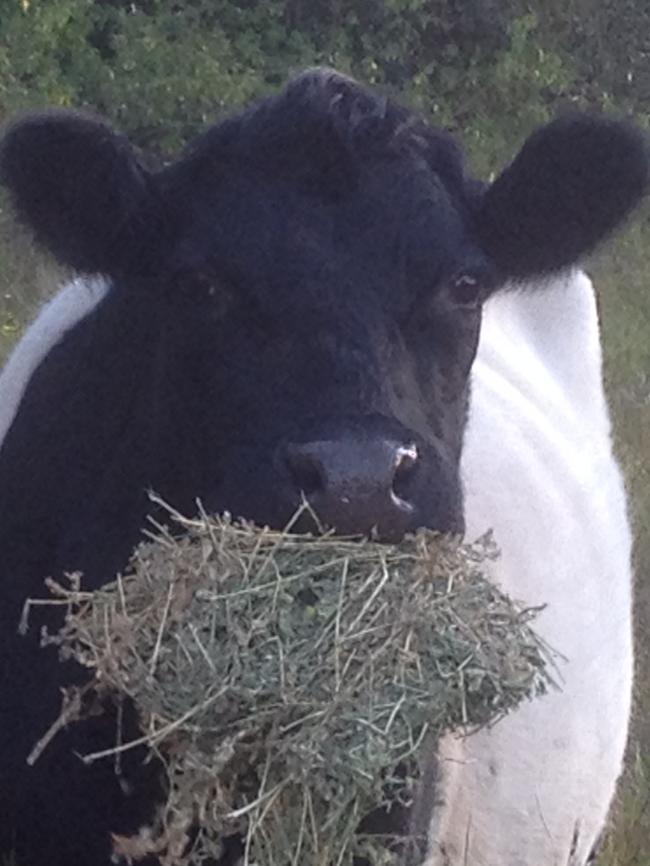
Leading hand Sharon Read said they’d not given them names.
“I’ve called them lots of things but not named them,” she said.
After no luck with council, they went to the Department of Primary Industries stock squad, who attempted to find the owner, without luck.
“We tried to call the Animal Welfare League but when they asked me if they were treated poorly I couldn’t lie,” Ms Crichton said.
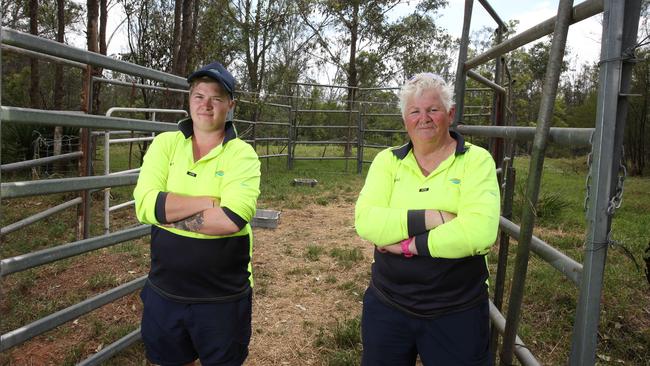
“They’ve got plenty of water here and lots of green grass. So they couldn’t help.
“We can all make light of the situation but what happens if they get out on Camden Valley Way?”
With few options remaining, they got in touch with local farmers to try and pen the six head of cattle. It was through the local farmers they were able to track down a stock contractor to remedy the situation.
The stock contractor got them yarded and overnight recently, someone opened the gate and let them out, closing the gate behind the cattle.
Then after she’s spent days feeding the cattle and getting them back into the yard she found out on Monday the cattle were put back in a neighbouring paddock.
It is uncertain who let the cows out and moved them.
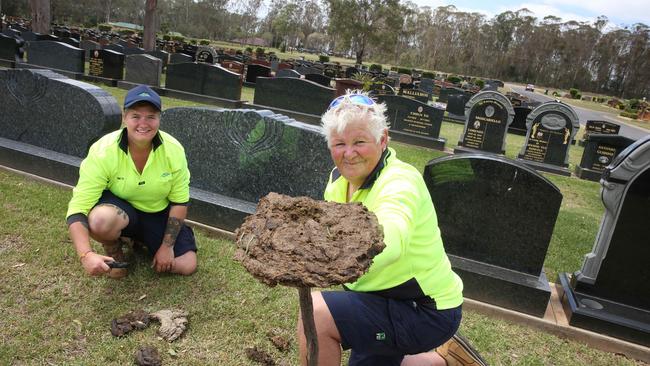
“The cattle aren’t tagged and no one is claiming ownership because they don’t want to pay the clean up bill,” she said.
While the cattle are currently at bay, staff believe it’s not the last they’ll see of them.
HINDU VEGANS CREATE FIRST EVER ‘COW ORPHANAGE’ IN RUSSIA
Under Liverpool Council’s animal management policy no livestock can be kept in a residential area and no livestock can be kept on a rural property less than one hectare without approval.
The policy stipulates that fencing should prevent the escape or injury of any livestock animal. In surrounding properties, there is both residential and rural zoned properties.


